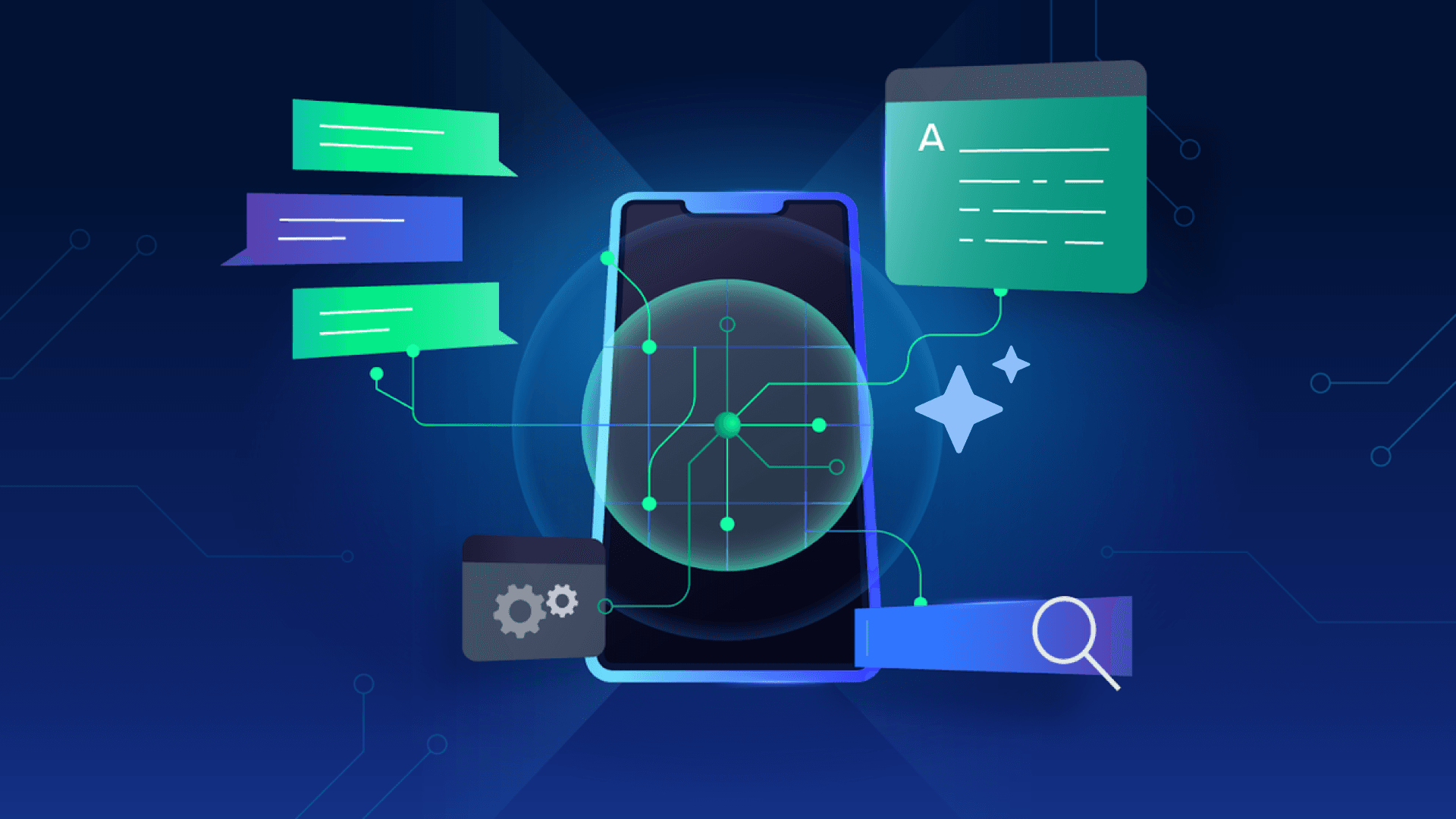Table of Contents
Mock Smarter: Using MCP Server for Reliable Playwright Testing
Author

Date

Book a call
Why playwright MCP for Testing
- A growing list of pre-built integrations that your LLM can directly plug into
- The flexibility to switch between LLM providers and vendors
- Best practices for securing your data within your infrastructure
What is MCP
Components Breakdown
| Components | Purpose |
|---|---|
| MCP Server | Orchestrator to receive requests (e.g., test triggers, context, logic) |
| Claude AI | An AI model to interpret test commands, generate test cases, or make decisions |
| Playwright | Executes browser automation based on test scripts |
| CI/CD | Backend to run and schedule tests, manage environments |
MCP Workflow

MCP follows a client-server model with 3 key components:
- MCP Hosts: These are applications (like Claude Desktop or AI-driven IDEs) that need access to external data or tools
- MCP Clients: They maintain dedicated, one-to-one connections with MCP servers
- MCP Servers: Lightweight servers exposing specific functionalities via MCP, connecting to local or remote data sources
- Local Data Sources: Files, databases, or services securely accessed by MCP servers
- Remote Services: External internet-based APIs or services accessed by MCP servers
Key Advantages of Playwright MCP for AI-Powered Testing
Setting Up Playwright MCP
Writing UI Tests with Playwright MCP
- Playwright MCP shines in UI testing by letting you automate browser interactions with simple English commands. This feature reduces complexity and speeds up test development.
- Additionally, Playwright MCP supports advanced tasks. For instance, to wait for an element or capture a screenshot.
- This flexibility makes Playwright MCP ideal for testing dynamic web applications. Transitioning to API testing, let’s see how it handles backend validation.
Testing APIs with Playwright MCP
Playwright MCP sends the request and confirms the server returns a 200 OK status. To dig deeper into the response:
This sequence retrieves a user ID from the first call and uses it in the second, mimicking real-world workflows.
Combining UI and API Testing for End-to-End Workflows
Playwright MCP’s true strength lies in its ability to combine UI and API testing into cohesive end-to-end scenarios. Imagine testing an e-commerce checkout process:
This script navigates the site, adds an item, verifies the cart via API, applies a promo code, and submits an order, all in one flow. Playwright MCP ensures each step executes smoothly, providing comprehensive coverage.
Pros and Cons
Snapshot Mode (Default - Accessibility Tree Based)
Pros:
- Fast: Uses structured text, not heavy image data.
- LLM-Friendly: Perfect for LLMs that process text.
- Lightweight: Requires less CPU/GPU power.
- Reliable: Less likely to break due to layout changes.
- Deterministic: Element references are precise, not based on screen position.
Cons:
- Depends on Accessibility: Needs pages with good accessibility markup.
- Struggles with Custom UIs: May miss non-semantic or canvas-based elements.
Vision Mode (Screenshot + Coordinate Based)
Pros:
- Handles Visual-Only Elements: Useful for canvas, graphics, or custom UI.
- Flexible: Can interact even if accessibility info is missing.
- Better for Vision Models: Supports models trained to “see” and interpret layouts.
Cons:
- Slower: Needs screenshot capture and possible image processing.
- Less Reliable: Coordinate-based clicks can fail with layout shifts.
- Requires Vision AI or Manual Input: Needs a system that can interpret visuals.
Conclusion:
Leveraging an MCP server with Playwright allows engineers to centralize and standardize mocks, decouple tests from external dependencies, and eliminate flakiness caused by inconsistent test data. This pattern ensures deterministic test outcomes, simplifies debugging, and provides a scalable foundation for testing complex workflows. By mocking at the protocol level rather than at the test layer, teams can maintain higher fidelity in simulations while keeping tests fast, reliable, and easier to maintain.
Dive deep into our research and insights. In our articles and blogs, we explore topics on design, how it relates to development, and impact of various trends to businesses.


